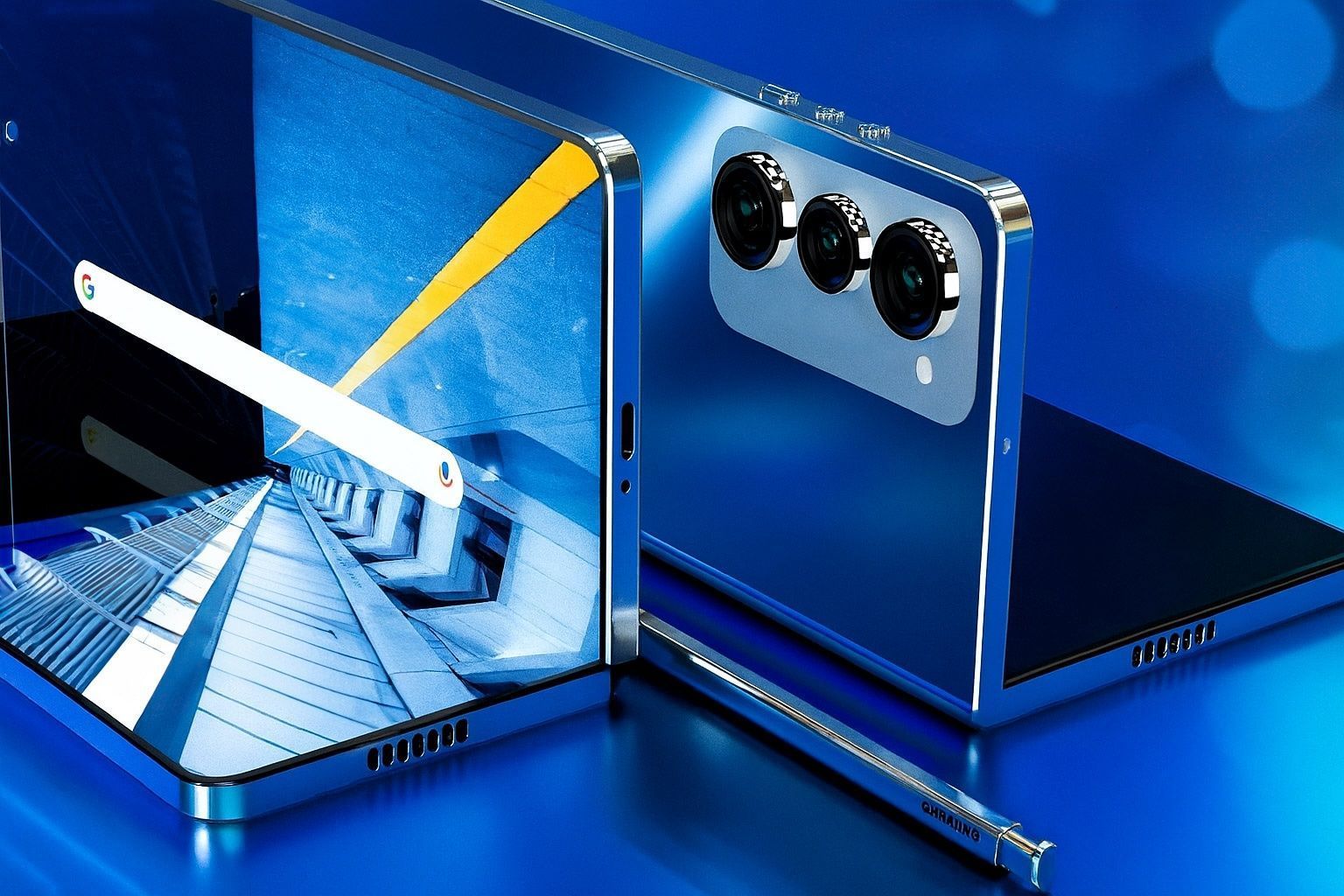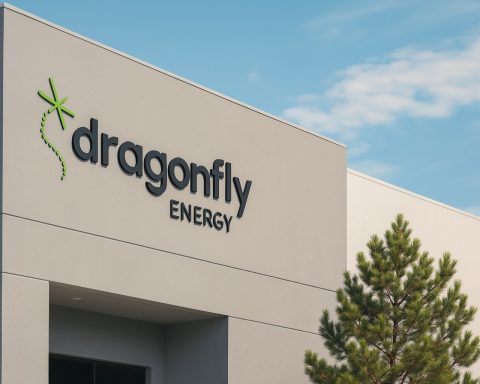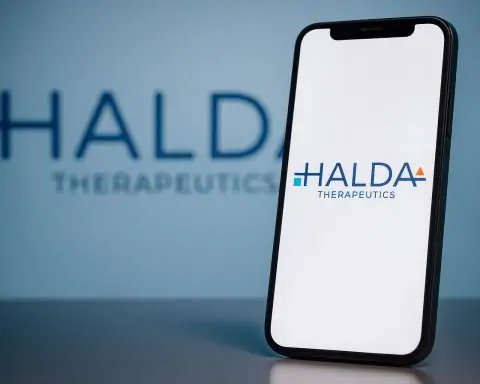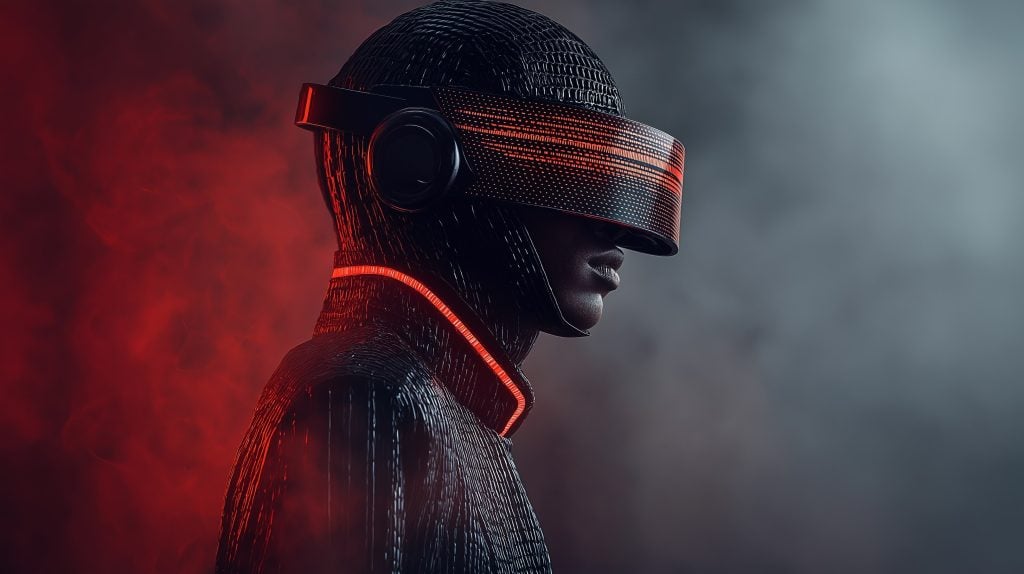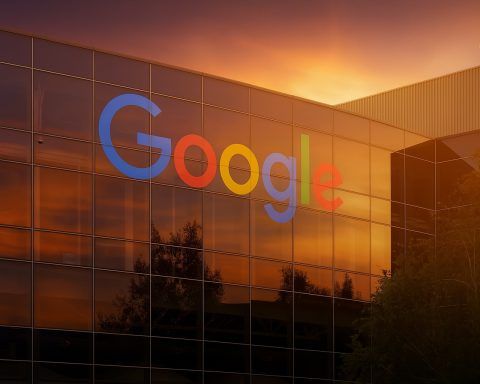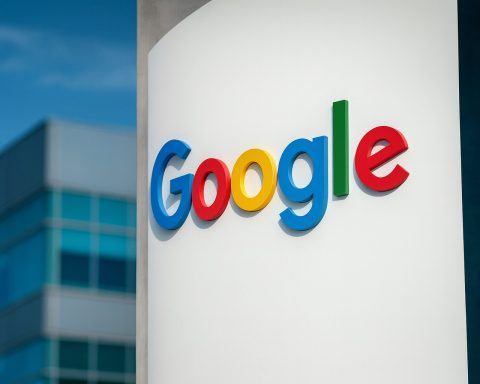- Samsung unveiled the Galaxy Z Fold7, which is 10% lighter and 26% thinner than its predecessor, with a 7.6-inch main display, a 200MP main camera, and a Snapdragon 8 Elite chipset priced at $1,999.
- The Galaxy Z Flip7 features a 4.1-inch cover screen, a 6.9-inch internal display, a tougher hinge, and an Exynos 2500 processor, giving it a “more like a Galaxy S25 Ultra” feel.
- Samsung introduced the Galaxy Z Flip7 FE, the first Fan Edition foldable, with the same 6.7-inch internal and 3.4-inch cover displays, 4,000mAh battery, dual cameras, 8GB RAM, and an Exynos 2400, priced at $899.
- Samsung announced the Galaxy Watch8 and Watch8 Classic, with the Watch8 at 8.6 mm thickness, up to 3,000-nit brightness, Running Coach and Antioxidant Index, and the Classic’s 10.6 mm design with rotating bezel, both running Google Gemini AI on-wrist.
- One UI 8, based on Android 16, comes preloaded on Fold7 and Flip7 and adds AI features such as generative photo editing and context-aware assistance.
- Samsung president TM Roh said the company is working toward a tri-foldable device by year’s end, signaling the next frontier in foldable hardware.
- Samsung warned of a tough Q2 2025, guiding operating profit of ₩4.6 trillion (down 56% year-on-year) and revenue around ₩74 trillion, largely due to U.S. export restrictions on advanced AI chips to China and delays in supplying HBM memory to Nvidia.
- The firm is pursuing 2nm silicon fabrication, aiming for mass production by late 2025, with at least one 2nm customer—Japan’s Preferred Networks—and plans to use 2nm for future Exynos mobile processors.
- The U.S. ITC on July 11, 2025 ruled that BOE infringed Samsung Display OLED trade secrets, recommending a ban on importing OLED panels and a cease‑and‑desist order that could affect Apple’s supply chain.
- Samsung unveiled the Smart Monitor M9, a 32-inch 4K display using QD-OLED with built‑in smart TV apps and AI-powered picture and sound optimization.
Smartphones and Foldables: Galaxy Unpacked July 2025
Samsung Electronics put on a Galaxy Unpacked showcase in Brooklyn, New York on July 9, pulling back the curtain on its latest mobile devices. The event – themed “Unfold Ultra” – highlighted Samsung’s push to infuse AI into mobile experiences alongside bold new hardware. Samsung’s mobile chief Choi Won-joon stressed that leading in AI-powered smartphones is his “most important mission,” heralding foldable phones enhanced with AI as poised to “become mainstream”.
At Unpacked, Samsung unveiled upgrades to its foldable phone lineup and wearables:
- Galaxy Z Fold7: a flagship foldable that is 10% lighter and 26% thinner than its predecessor, now featuring a 7.6-inch main display and a 200MP main camera. Equipped with Qualcomm’s Snapdragon 8 Elite chipset, the Fold7 is positioned as an “Ultra”-tier productivity device with a matching $1,999 starting price.
- Galaxy Z Flip7: a compact flip-style foldable with a significantly expanded 4.1-inch cover screen (up from 3.4″) for improved usability [1]. Its internal display grew to 6.9″, and it sports a tougher hinge and Samsung’s new Exynos 2500 chip, making the Flip7 feel “more like a Galaxy S25 Ultra” in hand.
- Galaxy Z Flip7 FE: Samsung’s first Fan Edition foldable, essentially repackaging last year’s Flip 6 hardware at a lower price point. It carries the same 6.7″ internal and 3.4″ cover displays, dual cameras and 4,000mAh battery as the Flip6, but swaps in an Exynos 2400 processor with 8 GB RAM [2]. Priced at $899, the Flip7 FE offers a cheaper entry into foldables while sacrificing some performance.
- Galaxy Watch8 & Watch8 Classic: a new smartwatch duo refining Samsung’s Wear OS lineup. The standard Watch8 is slimmer (8.6 mm) with a much brighter display (up to 3,000 nits), plus added health features like a Running Coach and an “Antioxidant Index” to nudge healthier habits. The Watch8 Classic revives the fan-favorite rotating bezel in a chunky 10.6 mm design. Both run Google’s new Gemini AI voice assistant on-wrist and were noted as the first watches to get this AI, enabling natural-language queries and coaching suggestions.
These devices emphasize software as much as hardware. Samsung’s new One UI 8 (based on Android 16) comes preloaded on the Fold7 and Flip7, bringing AI-powered features like generative photo editing and context-aware assistance. In fact, Samsung and Google executives jointly touted deeper collaboration on AI – from on-device AI “companions” in Galaxy phones to integrating Google’s Gemini AI across Galaxy watches. At the launch event, TM Roh (Samsung’s mobile president) even revealed Samsung is “working towards” a tri-foldable device by year’s end, hinting at the next frontier in foldable innovation.
Semiconductor Slump and Earnings Outlook
Samsung’s semiconductor division hit a heavy downturn in mid-2025, weighing on the conglomerate’s financial results. On July 7, the company issued second-quarter earnings guidance projecting operating profit of only ₩4.6 trillion, a 56% plunge from a year earlier. Revenue for Q2 2025 was estimated around ₩74 trillion, roughly flat year-on-year. Samsung blamed this earnings miss largely on U.S. export restrictions that cut off sales of advanced AI chips to China, a market where Samsung historically sold many high-end memory products. Industry analysts added that delays in Samsung’s supply of high-bandwidth memory (HBM) chips to key client Nvidia exacerbated the shortfall.
The result has been an unprecedented slump in the once-profitable chip business. Samsung’s memory division likely eked out only about ₩0.5 trillion in profit (down over 90% year-on-year) after major inventory write-downs. “For Samsung Electronics, the key issue remains regaining competitiveness… Everything ultimately comes back to HBM,” observed NH Investment & Securities analyst Ryu Young-ho, underscoring that cutting-edge AI memory products will be pivotal to any rebound [3]. By contrast, Samsung’s smartphone and consumer electronics businesses fared better – the mobile division actually saw an earnings uptick – softening the blow.
Despite the semiconductor woes, Samsung signaled confidence in a recovery. It maintained its shareholder returns plan, buying back ₩3.9 trillion in stock during Q2 as part of a previously announced program. Company insiders and analysts expect profits to “improve gradually” later in 2025 on the back of new product launches (like the foldables) and a ramp-up in HBM sales to cloud and AI customers beyond Nvidia [4]. Executives also point to Samsung’s aggressive investments in next-gen chip technology: the firm is betting on 2nm silicon fabrication to regain ground in its foundry (contract chipmaking) business. Samsung aims to begin 2nm chip mass-production by late 2025, hoping to win orders and close the gap with TSMC’s leading-edge foundry – it has already lined up at least one 2nm customer (Japan’s AI startup Preferred Networks) and plans to use 2nm for its own future Exynos mobile processors.
Display Business: OLED Dispute and Big-Screen Initiatives
In July, Samsung’s display arm found itself in both courtroom battles and product showcases. A major legal win came against Chinese competitor BOE Technology. On July 11, the U.S. International Trade Commission (ITC) issued a preliminary ruling that BOE unlawfully infringed Samsung Display’s OLED display trade secrets. The ITC recommended two sanctions against BOE: a ban on importing OLED panels and modules that used the misappropriated Samsung tech, and a cease-and-desist order halting sales of related products. If this decision is finalized in late 2025, it could disrupt BOE’s panel supply for devices like Apple’s iPhones – while reinforcing Samsung’s dominance in advanced displays. Industry experts noted that preliminary ITC rulings are issued after thorough investigation, so the chance of a reversal is minimal.
Meanwhile, Samsung pushed the envelope in the TV and monitor market. On July 7 it unveiled the Smart Monitor M9, a 32-inch 4K display that for the first time uses Samsung’s QD-OLED panel technology in a monitor. The M9 comes with built-in smart TV apps and AI-powered picture/sound optimization. “By combining Samsung’s 4K QD-OLED brilliance with intuitive vision AI, the M9 elevates the display into something more than a monitor,” said Puneet Sethi, VP at Samsung Electronics, highlighting features like real-time image enhancement and an all-in-one design. Samsung also updated its Neo QLED TV lineup and continued to tout its leadership in premium TVs (holding nearly 50% of the global market for TVs $2,500+ as of last year).
On the marketing front, Samsung teamed up with Warner Bros. and DC Studios for a super-sized promotion. Timed with the July release of Superman: Legacy, Samsung launched a “It’s not just big. It’s super big” campaign spotlighting its largest-screen televisions. The campaign featured Superman-themed digital art on Samsung’s Art Store and limited-run 98″ and larger TVs as attention-grabbing centerpieces. “Samsung is committed to creating a richer and more meaningful entertainment experience,” explained Hun Lee, Samsung’s EVP for Visual Display, about collaborating with creative studios to engage viewers through Samsung’s technology. In cities from London to Kuala Lumpur, Samsung set up Daily Planet-inspired kiosks, photo booths and fan giveaways – all to emphasize its “Super Big” 98″, 100″ and 115″ TV lineup as the ultimate way to enjoy blockbuster movies at home.
Corporate and Legal Developments
Epic Games Settlement: Samsung addressed an antitrust complaint in the mobile app arena. Fortnite maker Epic Games had sued Google and Samsung in 2024, alleging they conspired to block third-party app stores on Android devices (via measures like Samsung’s “Auto Blocker” feature). In early July, Epic settled its claims with Samsung, filing to dismiss Samsung from the case. While terms were not disclosed, Epic CEO Tim Sweeney lauded that “Samsung will address Epic’s concerns” – suggesting Samsung may ease restrictions on downloading apps outside Google Play. Google remains as the lone defendant as Epic continues to challenge Google’s app distribution rules. The settlement spares Samsung further legal uncertainty in the high-profile feud over mobile app monopolies.
Leadership Verdict in Korea: A decade-long legal saga involving Samsung’s leader Lee Jae-yong (Jay Y. Lee) neared its conclusion. South Korea’s Supreme Court scheduled a final verdict for July 17 in the case stemming from a controversial 2015 merger of two Samsung affiliates. Lee, who is Samsung Electronics’ executive chairman, had been acquitted on all charges (including stock manipulation and breach of trust) in lower courts, but prosecutors appealed. If the top court upholds the acquittal this month, Lee will be fully in the clear legally – a momentous outcome that could “[propel] the company out of its organizational inertia” by allowing the freed chairman to take bold actions. Samsung watchers say a favorable ruling would usher in a “next chapter” for the conglomerate’s governance, empowering Lee to accelerate investments and strategic changes. (If the court were to rule otherwise, it would prolong uncertainty at the helm of Korea’s largest company.)
New Partnerships and Initiatives: In July, Samsung also expanded partnerships to strengthen its ecosystem. The company inked a deal with fitness platform iFIT to integrate iFIT’s interactive workout content and smart gym equipment data into the Samsung Health app on Galaxy devices [5]. Starting later in 2025, Samsung Health users in 10 countries will be able to access iFIT’s on-demand workouts – from strength training to yoga – with AI insights layered on top of health metrics from Galaxy watches and the upcoming Galaxy Ring [6]. “Through Samsung Health, we aim to provide highly personalized fitness experiences that empower individuals to adopt healthier behaviors,” said Dr. Hon Pak, who leads Samsung’s digital health team. This tie-up reflects a broader trend of tech giants blending wearables, AI coaching and content to capture the lucrative digital wellness market.
Samsung also looked to fan-centric experiences to promote its brand. It partnered with YouTube superstar group Dude Perfect on their summer 2025 US tour, making Samsung Galaxy the presenting sponsor of a 20-city arena tour that meshes tech with live entertainment [7]. The “HERO Tour” features Galaxy S25 Ultra phones and Google’s Gemini AI assistant live on stage – e.g. powering an interactive trivia segment where the AI acts as an expert “phone-a-friend” for contestants. Samsung helped create a new Fan Zone at shows so attendees can try trick shots and engage with Galaxy devices, an initiative Samsung’s US marketing VP Olga Suvorova said was about supporting communities “that are accessible for technology users of all ages” and showcasing Galaxy innovation in fun ways. By aligning with popular content creators and services – from superhero films to fitness apps and online stars – Samsung kept its brand highly visible and culturally relevant throughout July 2025.
Sources: Samsung Newsroom; TechRadar [8] [9]; Reuters [10] [11]; BusinessKorea; Samsung Newsroom (India); Samsung Global Newsroom; Reuters (Legal); SamMobile/Korea Times; Medical Economics [12]; Samsung U.S. Newsroom [13].
References
1. www.techradar.com, 2. www.techradar.com, 3. www.reuters.com, 4. www.reuters.com, 5. www.medicaleconomics.com, 6. www.medicaleconomics.com, 7. news.samsung.com, 8. www.techradar.com, 9. www.techradar.com, 10. www.reuters.com, 11. www.reuters.com, 12. www.medicaleconomics.com, 13. news.samsung.com
